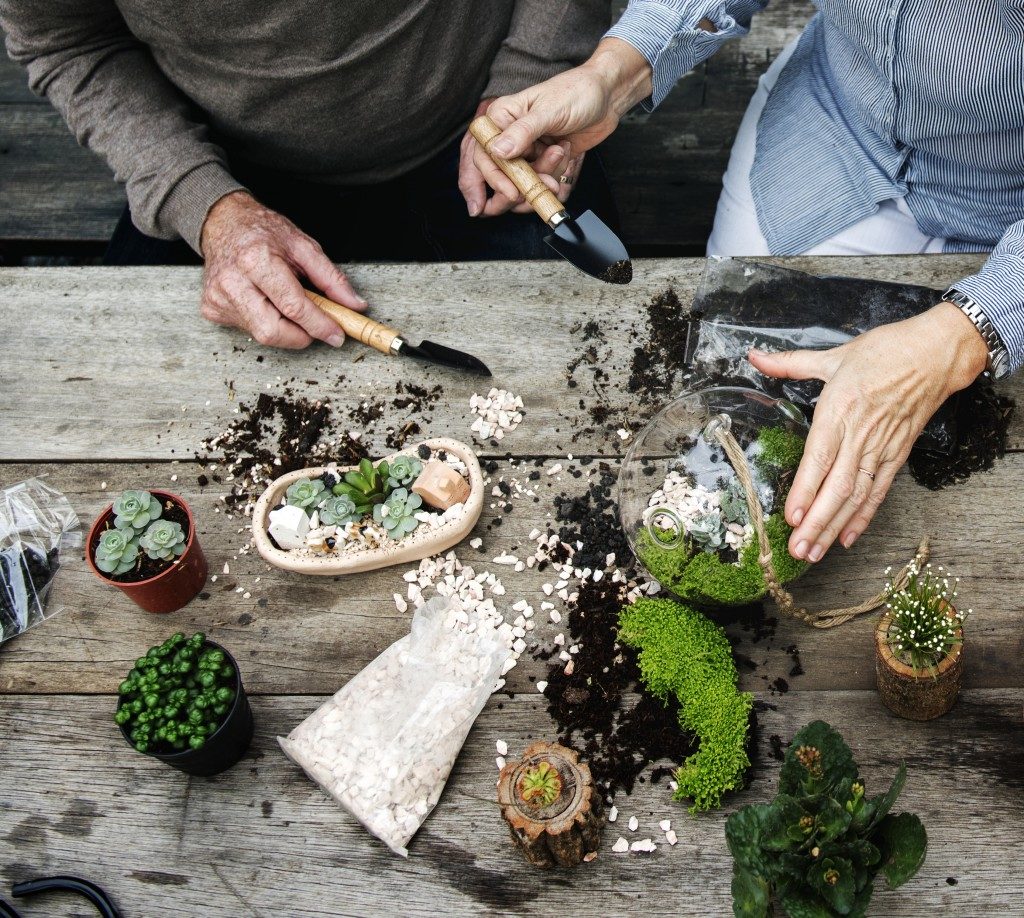A bonsai is an art form from Japan that cultivates and produces miniature trees that mimic the scale and shape of full-sized trees. By definition, the word “bonsai” symbolizes harmony, peace, balance, order, and everything that is good in nature. It can be made out of any shrub that produces tree-like branches. It is often placed in pots to confine them and keep them small.
Basic Care Tips for Bonsai Trees
Watering and Positioning
One of the leading causes of bonsai tree deaths is underwatering. As it is contained in a pot and the soil level is shallow, it tends to dry up quicker than plants on the ground.
The amount of water you give to your plant will depend on the type of soil used and where the plant is located. Underwatering and overwatering harmful. One rule of thumb to follow is when the topsoil is dry, it is time to water the plants. They also need to be positioned in an area with plenty of sunlight but not under direct heat and drafts.
It is highly recommended to water your bonsai plants individually and not on a routine. This is why it is important to know your bonsai plants intimately so you know how to properly care for each of them.
Pruning and Trimming
Pruning and trimming your bonsai should be done regularly to help maintain its shape and form.
Maintenance pruning helps strengthen the tree by allowing new growth to take place. Cutting and trimming expose hidden leaves to sunlight and air which are good for the overall health of the plant.
Structural pruning, on the other hand, is a more advanced pruning technique that is commonly used on dormant trees.
Soil and Fertilizing
When choosing soil for your bonsai plant, always go for the one that offers proper drainage. Adding larger particles, such as rocks and stones, helps improve drainage and airflow. It is also recommended to mix some clay with the soil for better water retention.
Fertilizing helps give plants the proper nutrients they need for better growth. It is important to note that fertilizers should be added only after watering because fertilizing plants with dry soil is harmful to them.
Repotting Your Tree

Repotting is important to a bonsai tree’s life. It is done to remove excess roots from the plant which could cause it to starve and deprive it of absorbing enough nutrients. It also ensures that the trees will continue to thrive in small pots and containers. This should be done once within a two-to-five-year period depending on how fast the plant grows.
Pest Control and Disease Prevention
Essentially, since bonsai trees are miniature-scaled trees, they are susceptible to the same pests and diseases as full-sized trees. Therefore, they can also be treated the same as any other regular-sized tree.
The only difference is, while it is best to use 12-volt spray units on most trees, bonsai trees have to be handled with a little extra care. A handheld spray is enough to get the job done. Spray insecticide all over the canopy from the outside and then spray from underneath as insects and pests hide under the leaves. Finally, spray the entire soil section of the pot.
Growing and caring for bonsai trees can be quite tedious but fulfilling. Keeping and maintaining bonsai trees can be quite meditative and relieve one of stress and anxiety. There are a lot of things to learn about the art of bonsai. The more you learn about it, the more interesting the art form gets.




